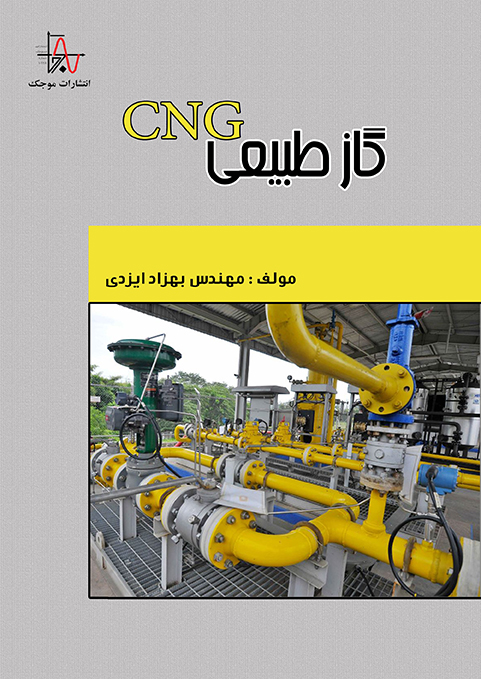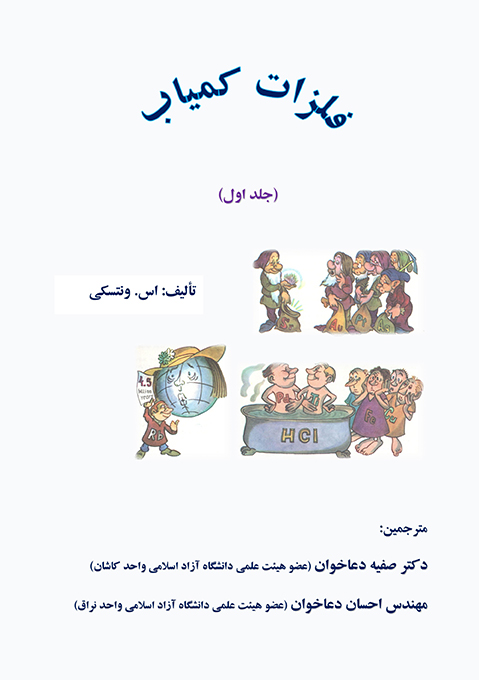ناشر : انتشارات موجک (ناشر دانشگاهی)
کد کتاب : M927
عنوان : مدیریت سقف شیشهای
تالیف : ناهید عسکریان
مشخصات ظاهری : ۱۹۷ صفحه، قطع وزیری
چاپ اول : تابستان ۱۴۰۲، تيراژ : ۵۰۰ جلد
قيمت : ۲۷۵۰۰۰۰ ريال، شابک : ۹-۵۹۷-۹۹۴-۶۰۰-۹۷۸
حقوق چاپ و نشر برای ناشر محفوظ است.
————————————————————————————————————————————————————————————————————————–






نقد و بررسیها
هیچ دیدگاهی برای این محصول نوشته نشده است.